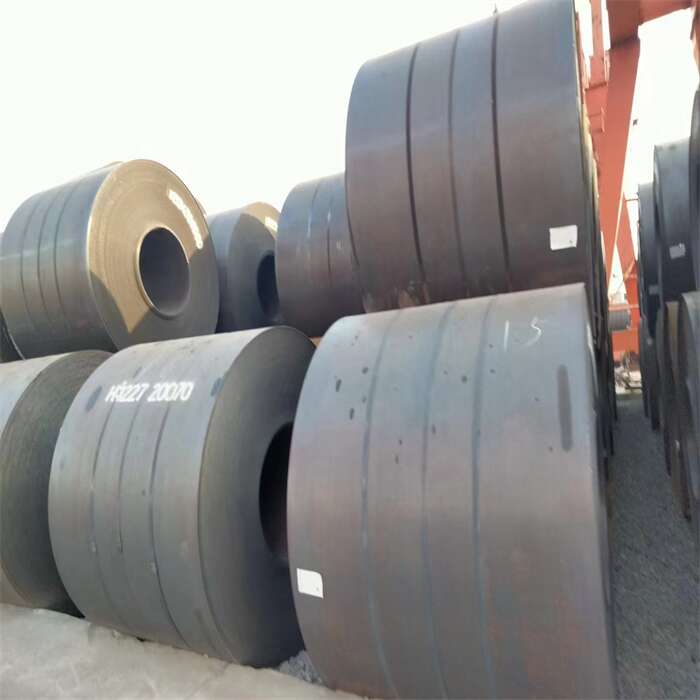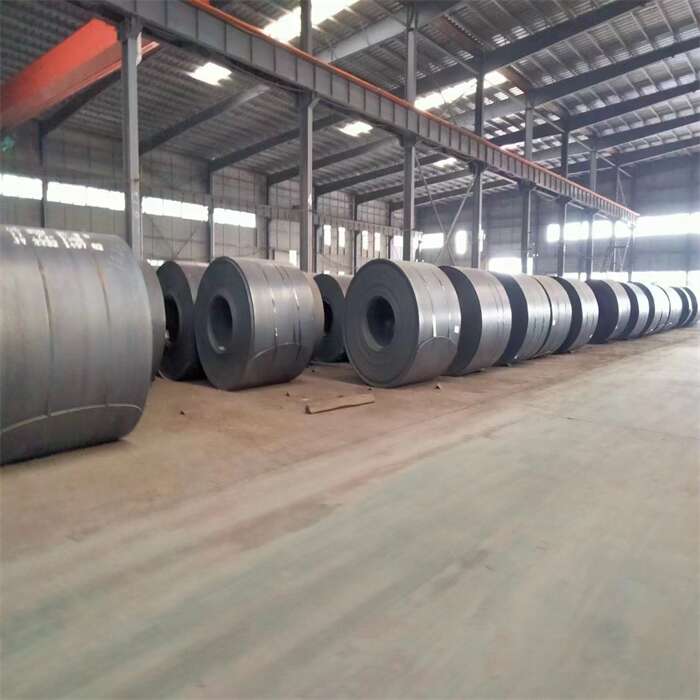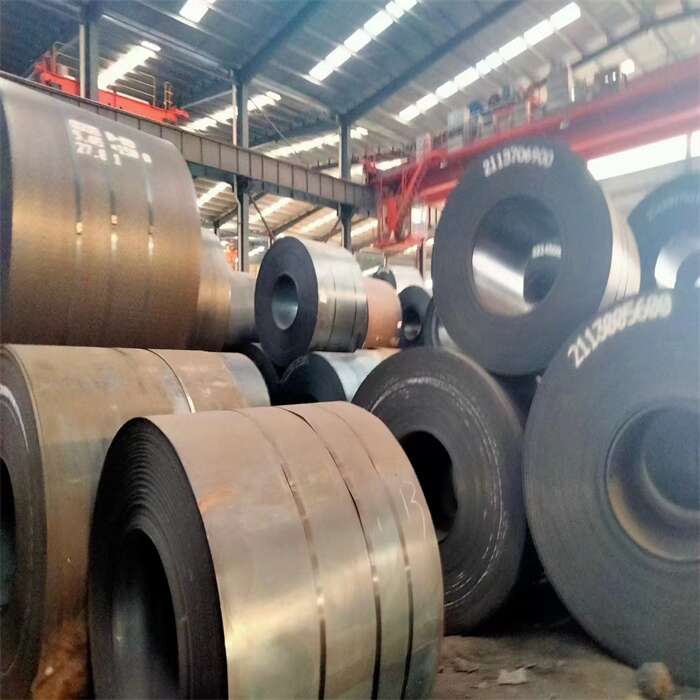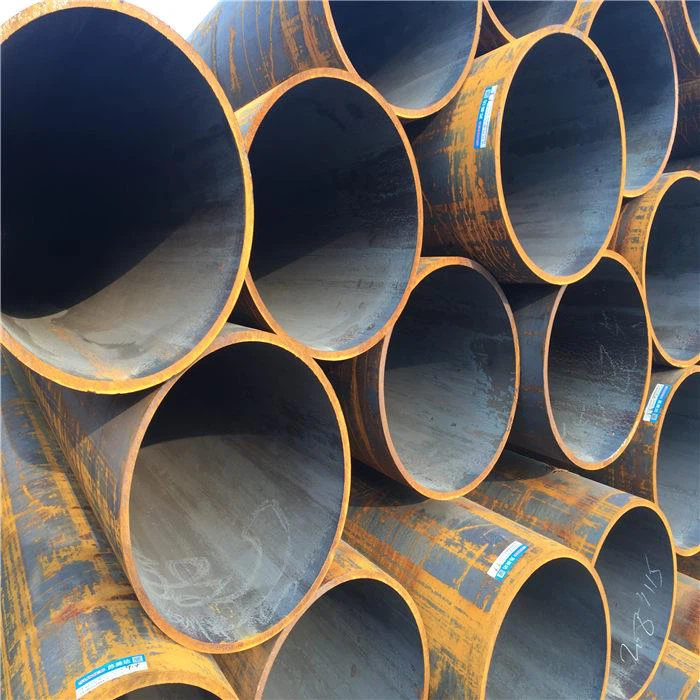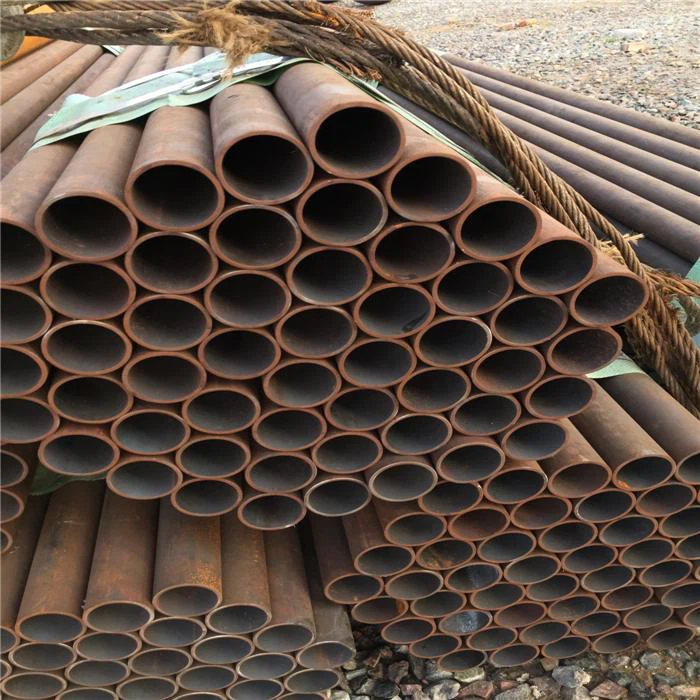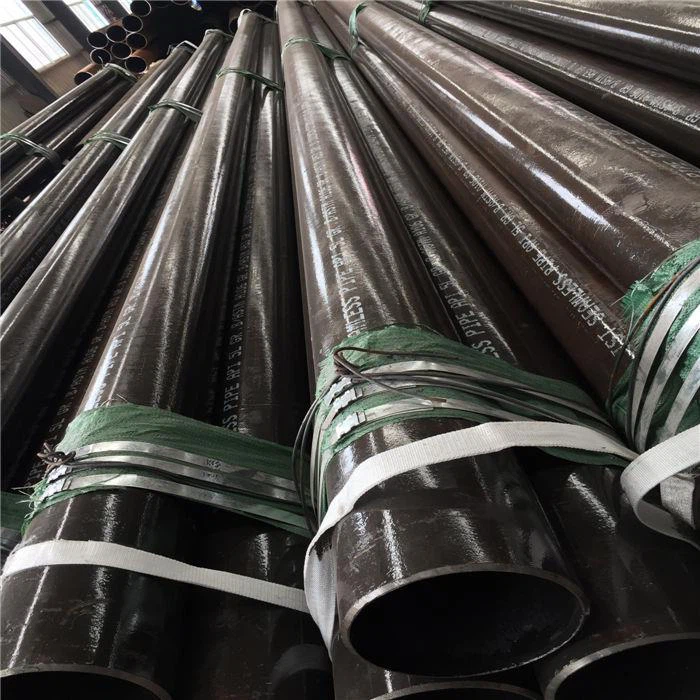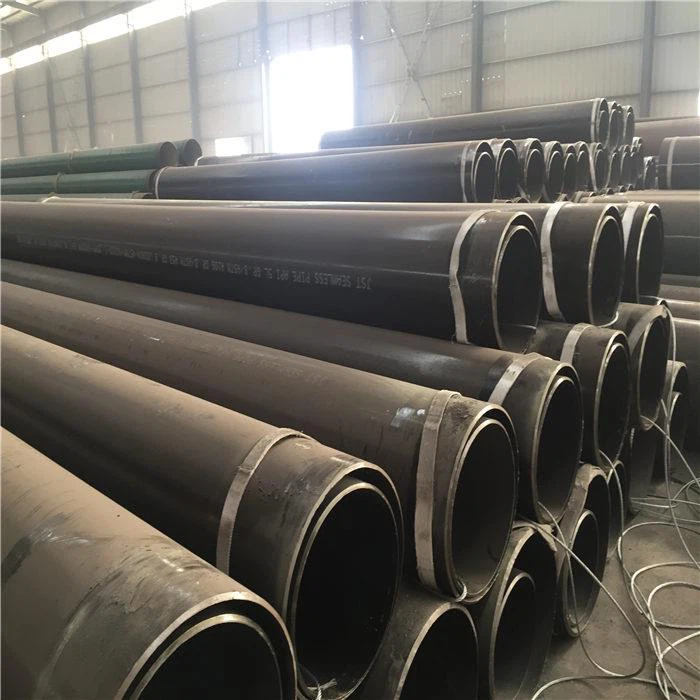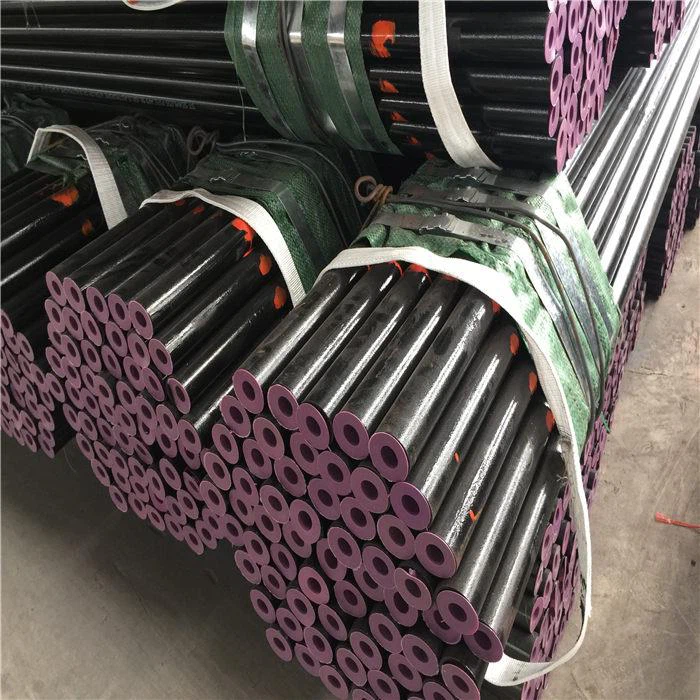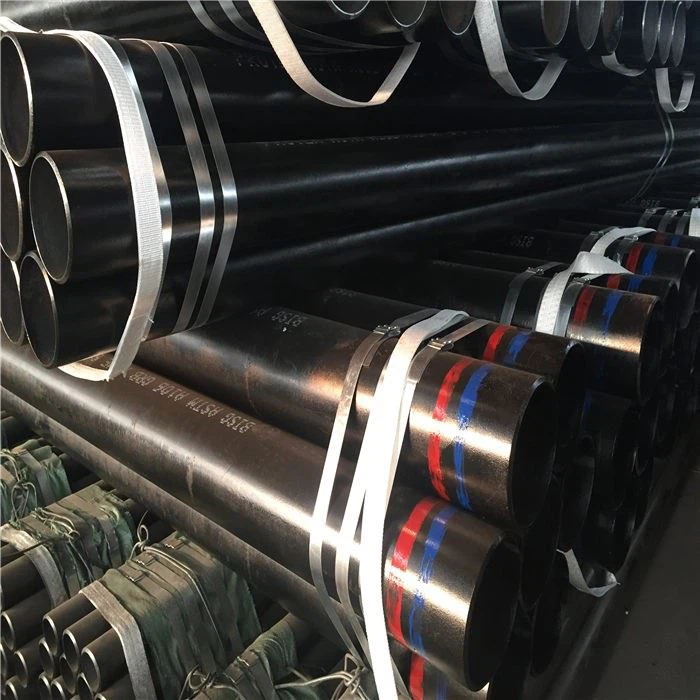The World Steel Association expects the global "steel demand" to continue to grow this year
The World Steel Association released the short-term steel demand forecast report in April 2024, which is expected to rebound by 1.7% in 2024, reaching 1.793 billion tons. In 2025, global steel demand will increase by 1.2% to 1.815 billion tons. From 2024 to 2025, global steel demand will continue to grow.
For China, the World Steel Association expects that in 2024, China steel demand will remain roughly at the 2023 level, although the decline in real estate investment will lead to the corresponding contraction in steel demand, but the growth in demand brought by infrastructure investment and manufacturing will offset the decline in the real estate industry; In 2025, China's steel demand is expected to decline by 1%, well below the peak demand in 2020.
From 2024 to 2025, global steel demand excluding China is expected to grow by 3.5% per year. Specifically, from 2024 to 2025, affected by local infrastructure investment, India's steel demand will continue to grow by 8%, and steel demand in 2025 is expected to be nearly 70 million tons more than in 2020; After slowing growth in 2022-2023, steel demand in the Middle East, North Africa and other emerging economies such as ASEAN is expected to accelerate growth in 2024-2025, among which ASEAN is affected by political instability and other factors, the future growth rate of steel demand is expected to further slow down; Steel demand in developed economies will increase by 1.3% in 2024 and 2.7% in 2025, of which the European Union steel demand is expected to show a substantial recovery in 2025, and the United States, Japan and South Korea will also maintain steel demand resilience. The European Union and the United Kingdom remain the most challenging regions for steel demand growth. The steel industry in the EU and the UK, faced with geopolitical changes and uncertainties, high inflation, monetary tightening and the withdrawal of some financial support, as well as high energy and commodity prices, has seen a significant decline in steel demand in 2023 to its lowest level since 2000, and a significant reduction in the forecast for 2024. Signs of recovery are expected only in 2025, with growth of 5.3%. Us steel fundamentals are reasonable and are expected to quickly return to the growth track in 2024.
From the perspective of the downstream industry, on the one hand, high interest rates and high construction costs lead to the housing construction industry downward, dragging down the demand growth of most major steel consumption areas, the housing industry activities in the United States, China, Japan and the European Union in 2023 are not positive, superimposed the impact of monetary tightening, it is expected that the substantial recovery of steel demand in the housing construction industry will not begin until 2025; On the other hand, high costs, high uncertainty, tighter financing conditions, and weak global demand have led to weak global manufacturing activity, and the automotive industry in most countries is expected to show a weak growth trend at best in 2024.
The World Steel Association believes that the green transformation of the world economy is considerable, which is one of the main reasons for the strong investment in the public infrastructure industry. According to a recent study by the World Steel Association's Market Research Council, new wind power installations will boost global steel demand threefold to around 30 million tonnes by 2030, compared with the early 1920s. While the wind industry's steel demand accounts for a relatively small share of total global demand, it has the potential to support overall steel demand in regions such as Europe. Public infrastructure investment aimed at strengthening infrastructure, resilience to climate change risks and post-disaster reconstruction is an important factor supporting steel demand growth in 2023 in major steel-using countries such as Japan, South Korea and Turkey. Wsa stressed that while public infrastructure investment and manufacturing investment will remain strong, high construction costs and labor shortages may constrain future public infrastructure investment and manufacturing investment growth in the short term.
